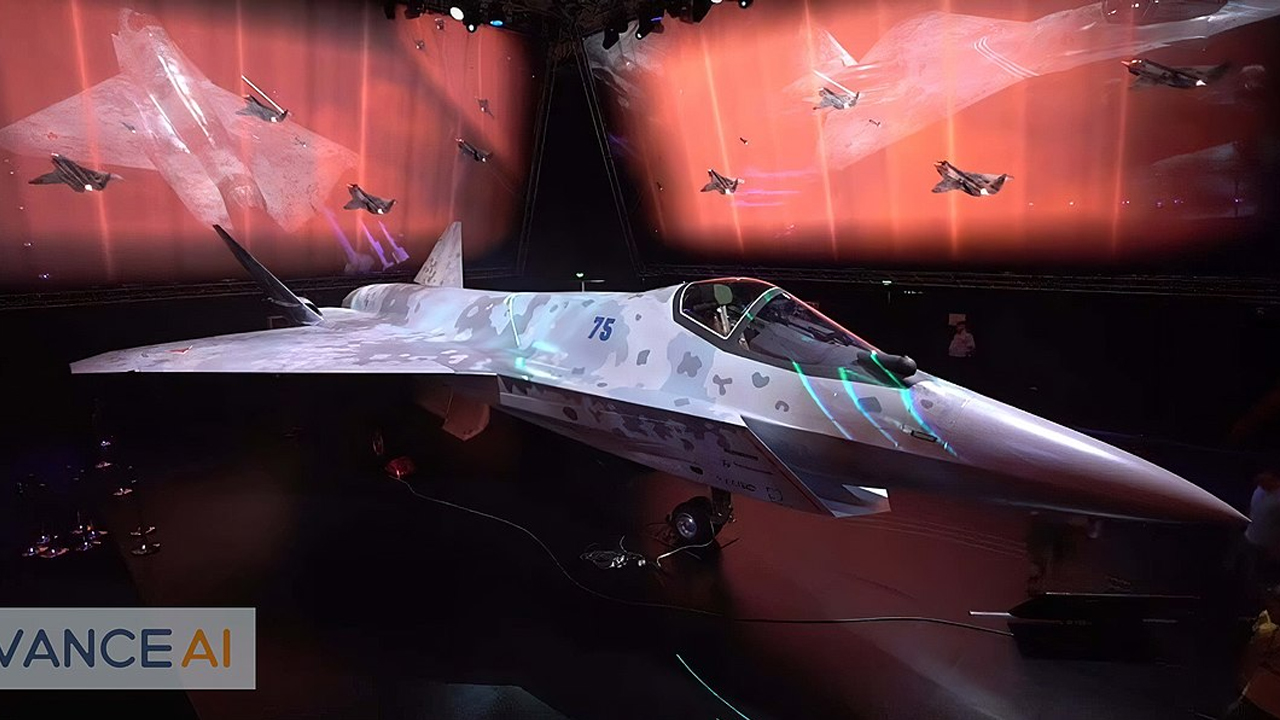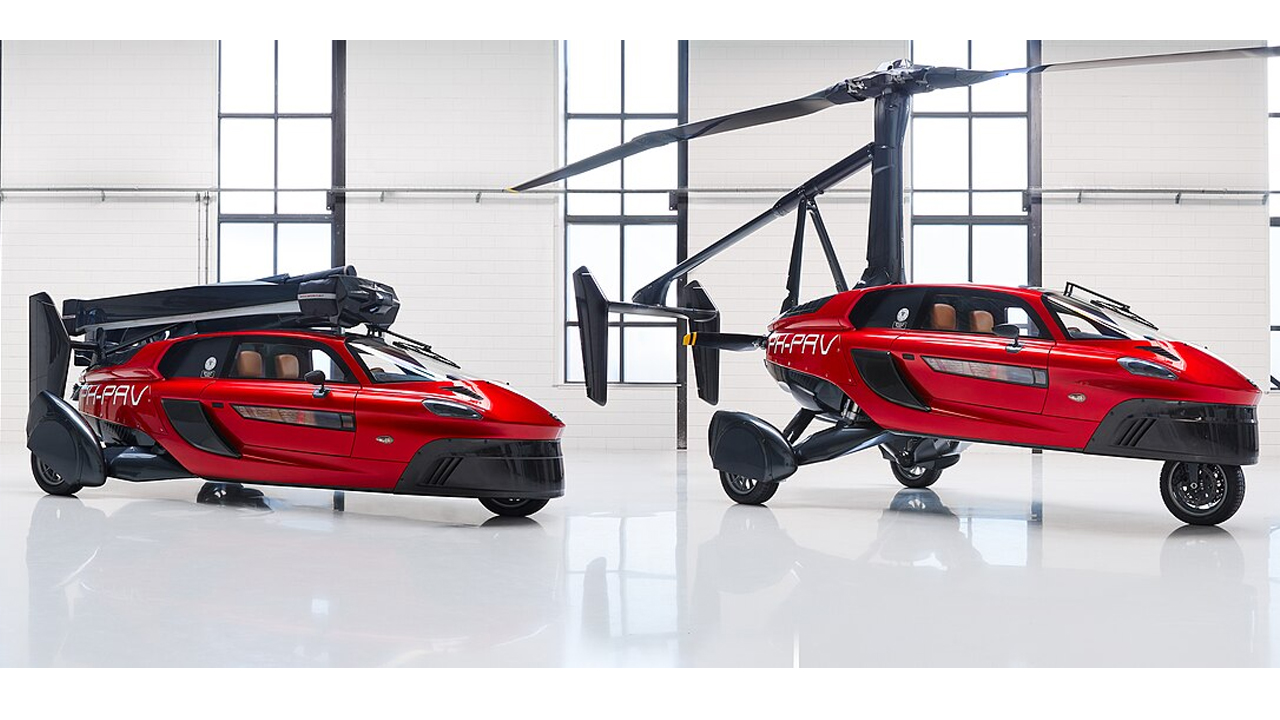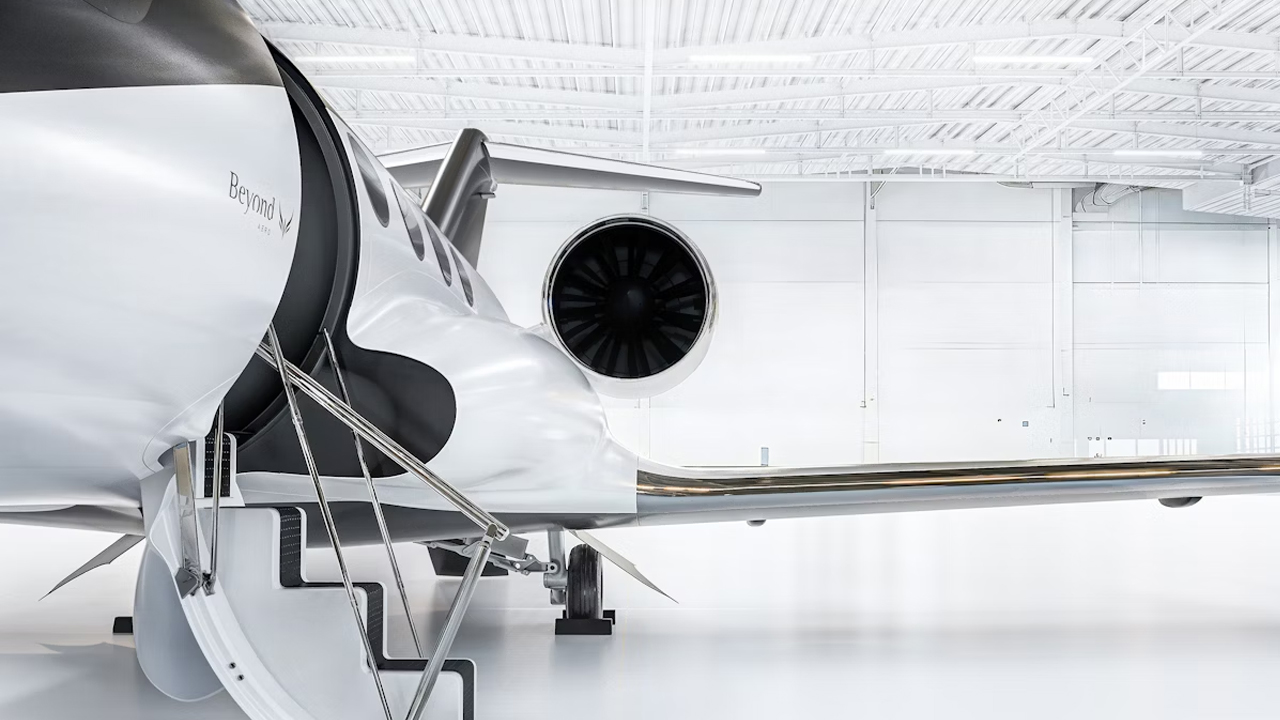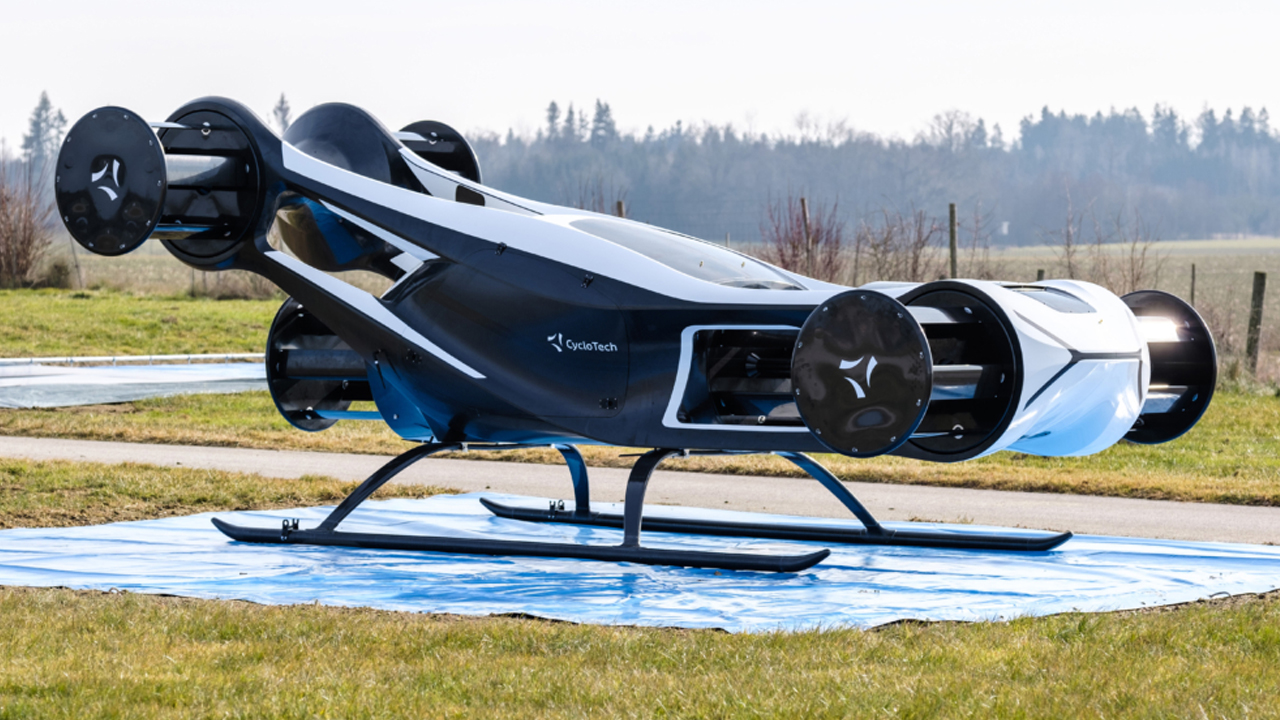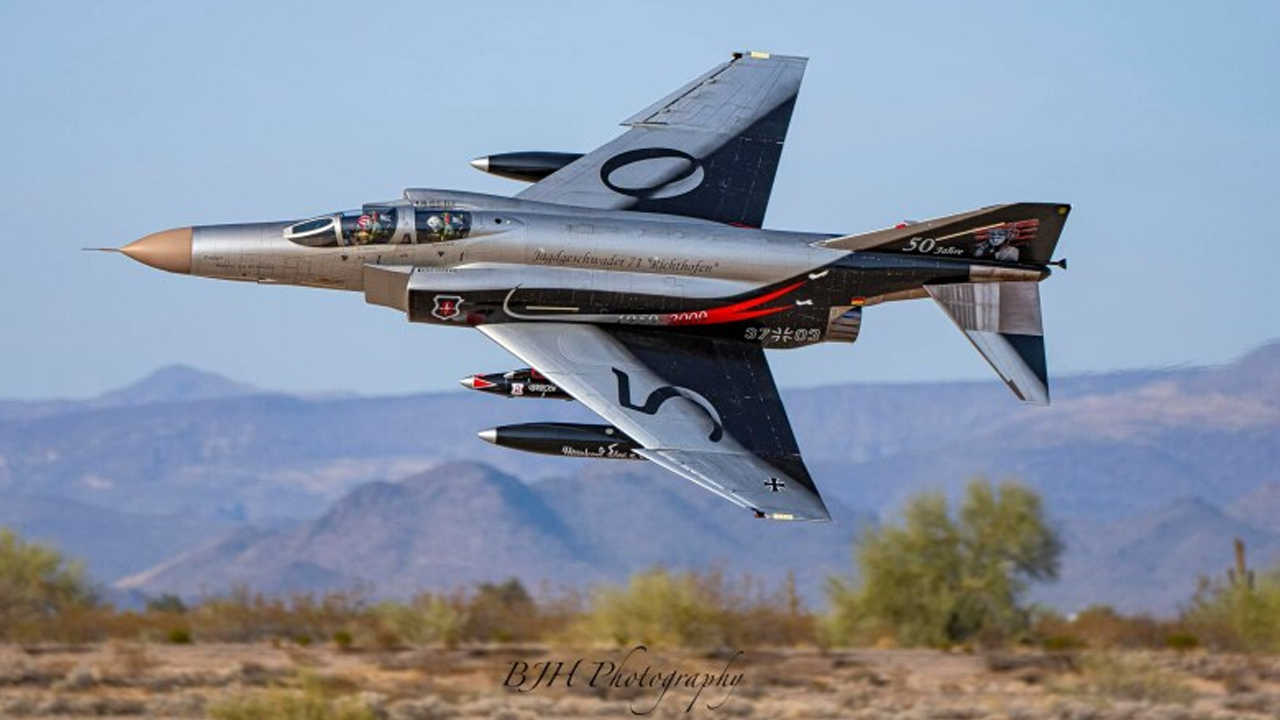Russia’s Su-75 Checkmate has been making headlines as the nation’s latest foray into fifth-generation stealth fighter technology. Unveiled in 2021, this aircraft has been positioned as a cost-effective alternative to Western models like the F-35. However, its journey from concept to reality has been fraught with challenges and delays.
Despite these hurdles, Russia continues to promote the Su-75 as a versatile and low-cost solution for modern air forces. With features like stealth shaping, advanced avionics, and modular design, the Checkmate is aimed at attracting a wide range of export clients. But whether it will live up to expectations is still unclear.
Design and Features
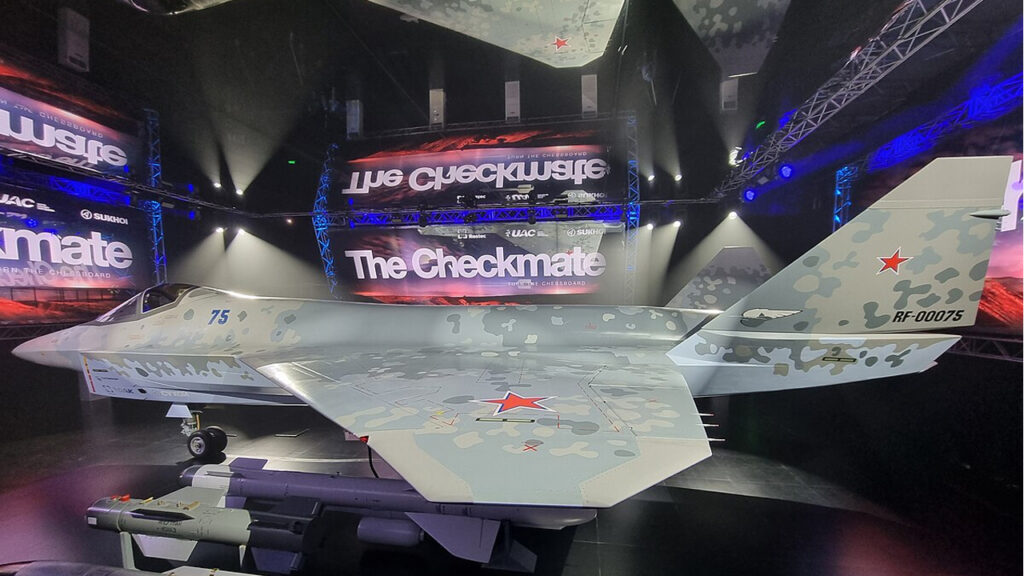
The Su-75 Checkmate features a single-engine, stealth-focused design with internal weapons bays and angled surfaces to reduce radar detection. Its layout, including a V-tail, mirrors the aerodynamic logic seen in more expensive fifth-gen fighters like the F-22 or F-35 but is built with cost-cutting in mind.
It’s expected to reach speeds of Mach 1.8 and operate at altitudes up to 40,000 feet. The cockpit will reportedly include a glass cockpit interface, advanced sensors, and AI-based pilot assistance—making it combat-ready for future conflicts, at least on paper.
Development Challenges

The Su-75’s development timeline has been shaky. Its first flight, originally planned for 2023, was delayed to 2025. Sanctions, limited funding, and the strain of the ongoing Ukraine conflict have all played a role. As of now, not even a full prototype has flown, which has led to skepticism about its viability.
According to 19FortyFive, Russia may be prioritizing short-term military needs over risky long-term projects like the Checkmate. Without firm backing or progress, this jet could end up grounded indefinitely.
Export Potential

Russia has framed the Checkmate as an export fighter for countries priced out of Western jets. The Indian market was floated early as a target, and the UAE has been mentioned as a possible buyer. But actual purchase agreements remain nonexistent.
Sanctions and political tensions also complicate export logistics. Some countries may hesitate to rely on a jet tied so closely to a nation under intense global scrutiny. Without more transparency and production proof, buyers might look elsewhere.
Cost Considerations
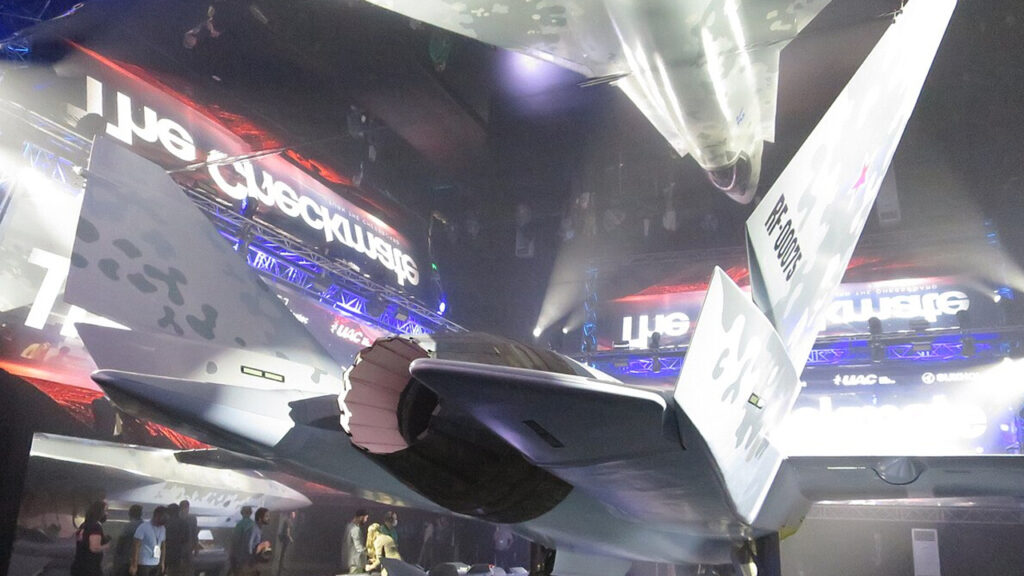
At an estimated $25–30 million per unit, the Checkmate comes in at a fraction of the F-35’s price. This makes it attractive for smaller nations looking to field fifth-gen capability without burning a defense budget. That price point is one of the Su-75’s biggest draws.
Still, price isn’t everything. As noted by Defense Blog, reliability, support, and long-term viability matter just as much. A cheap jet that doesn’t get delivered or perform isn’t really cheap at all.
Technological Innovations
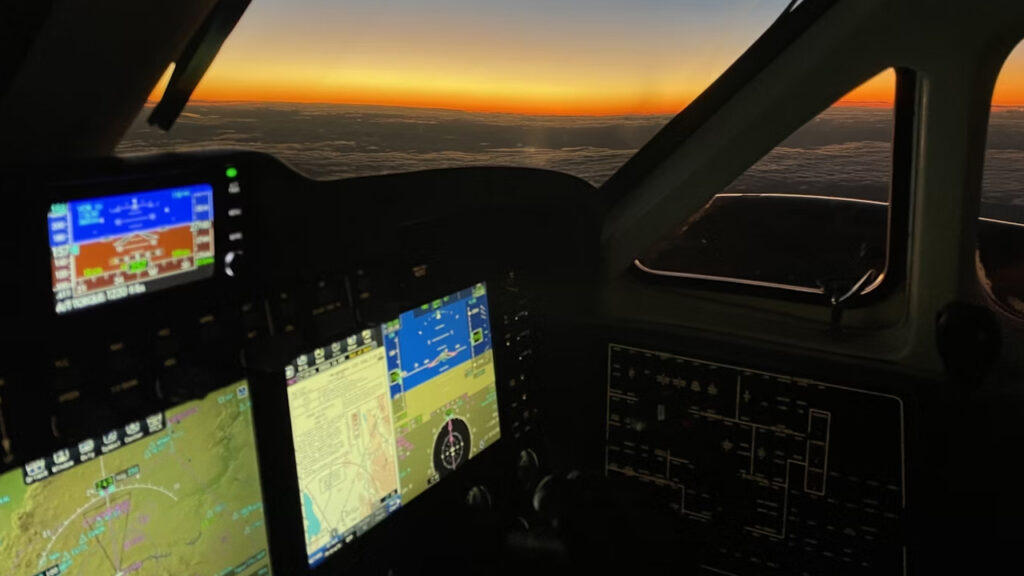
The Su-75 is said to include next-gen radar systems, electronic warfare suites, and even AI-based pilot support. These features are being pitched as future-ready, giving pilots a significant edge in contested airspace.
According to Defense Security Asia, the aircraft is also designed with open architecture, meaning it could be upgraded or customized for various buyers. That kind of flexibility could help it stay relevant over time—assuming it ever gets off the ground.
Competing in the Global Market

The global fighter market is fiercely competitive. The F-35 dominates international sales, with established infrastructure and combat experience. For the Checkmate to break through, it needs to prove not just capability, but reliability, serviceability, and delivery timelines.
Geopolitics adds another layer. Many countries are hesitant to buy military gear from Russia due to current tensions and sanctions. Even if the Su-75 performs well, its country of origin might limit its reach.
Future Prospects

The Checkmate might still succeed—especially if Russia manages to secure funding, deliver on production, and keep costs low. But that’s a tall order given current economic and political realities. Delays and uncertainty have already hurt momentum.
As noted in the National Security Journal, the Checkmate’s best shot is with nations that are looking for affordable, Russian-compatible tech and are less concerned about sanctions. But if the project keeps stalling, interest could dry up completely.
Is the Checkmate Worth Watching?
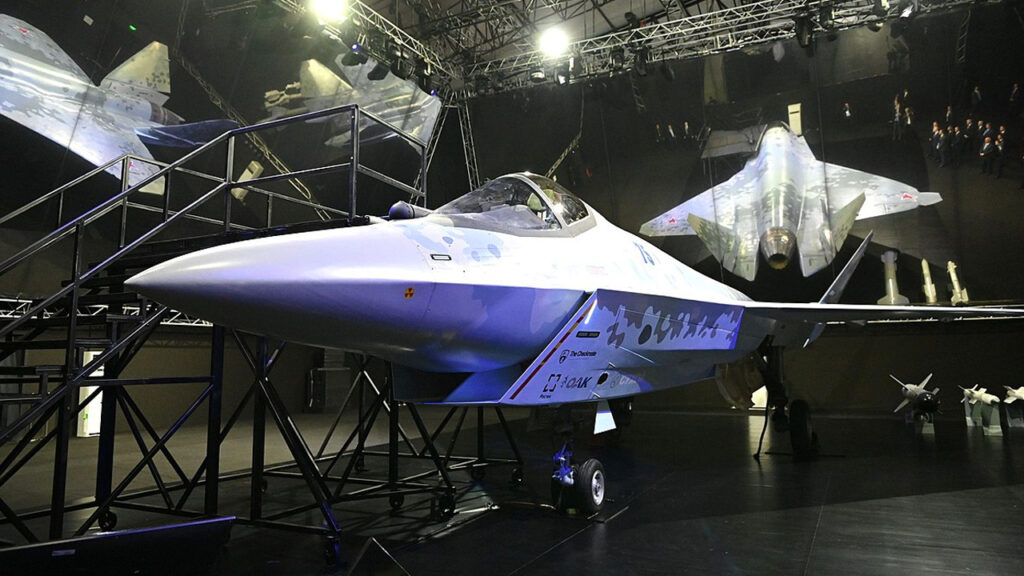
The Su-75 Checkmate looks solid on paper—stealthy, fast, export-friendly, and affordable. But right now, it’s more PowerPoint than prototype. Until a working model takes to the sky and secures real contracts, it remains a high-stakes gamble for Russia’s defense industry.
Whether it becomes a disruptor or just another unrealized concept depends on how the next few years unfold. For now, the world watches—and waits.


